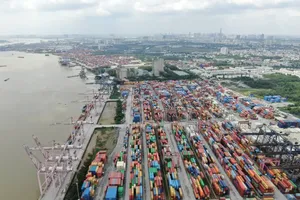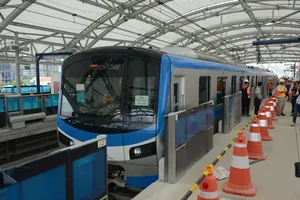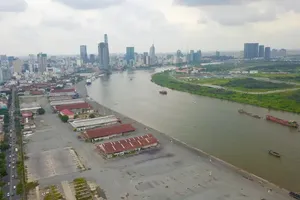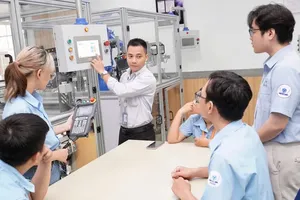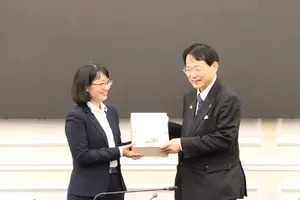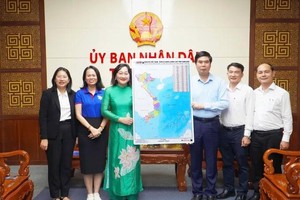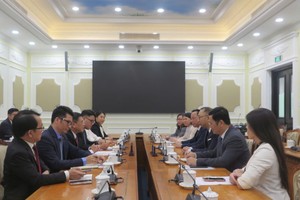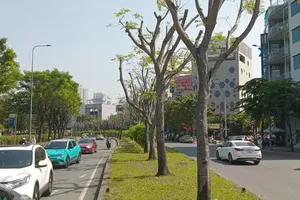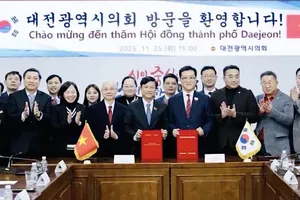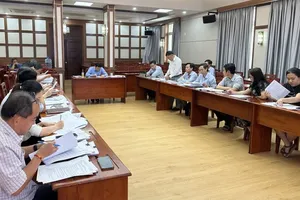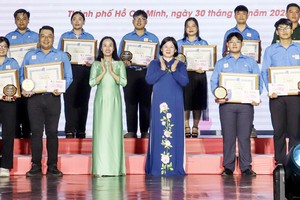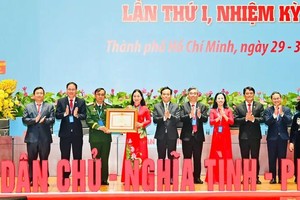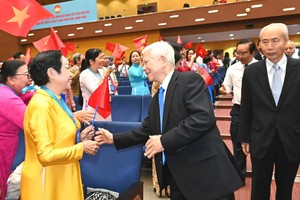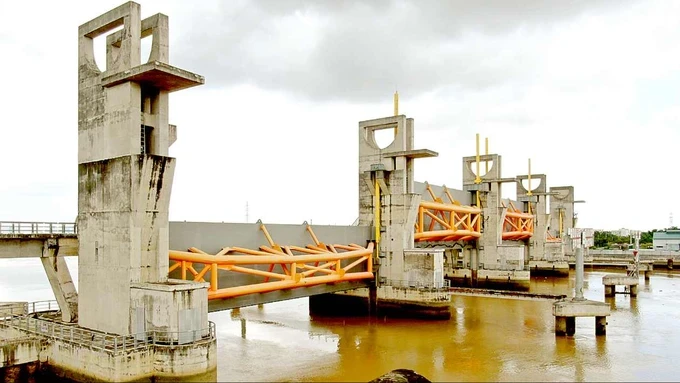
Since 2022, HCMC has continuously greenlighted various investment projects in the Public-Private Partnership (PPP) form. However, it seems that except for the project name and total needed capital amount, other related information about these projects has not been well-prepared to persuade private national and international investors.
In the latest meeting of the HCMC People’s Committee this December, the city leaders discussed the matter and pinpointed weaknesses or inconsistency among those projects. Some have not checked the comparability to current planning and available land, others have not satisfied existing legal conditions.
Therefore, before submitting the 41 PPP investment projects above for approval, HCMC had had relevant state departments and agencies in charge of those projects carefully consider the feasibility and a suitable PPP investment model.
The HCMC People’s Committee commented that the urge to apply PPP models in the healthcare, education, culture, and sports fields is rather strong when the city budget is still limited. In the 2021-2025 period, it can only allocate 7.17 percent to education, 8.61 percent to healthcare, and 2.28 percent to culture and sports.
Hence, the city has actively mobilized investments from the community. The largest was an event in April 2023 in Cu Chi District and Hoc Mon District, attracting the participation of more than 500 domestic and foreign investors to raise a total capital of US$17 billion. Binh Chanh District and Nha Be District have both held similar events to attract investments in the fields of commerce, tourism, and agriculture.
Sadly, even though many investors have expressed their interest in several projects, they were severely discouraged when discovering that necessary conditions to start those projects cannot be met.

One huge obstacle to PPP projects is the planning matter. Secretary of the Hoc Mon District Party Committee Tran Van Khuyen shared that land planning is one huge barrier to any businesses wishing to pour money in new projects as well as the life of local residents. He cited that about 30 investors displayed their interest in the 23 new projects of the district, yet they felt hesitant discovering that those projects encounter planning issues.
Secretary Khuyen proposed that HCMC should focus all efforts to adjust its master planning as soon as possible. The leaders of Binh Chanh District also said that the current district planning, devised in 2012, shows various inadequacies and is in need of modifications for new projects to carry out.
Meanwhile, Chairman of Binh Chanh District People’s Committee Vo Duc Thanh shared an effective way to mobilize social resources. He informed that his district has 88 land lots saved for education. Their information is continuously updated and published for any interested investors. There is also a special team in charge of investment promotion to offer help when needed and minimize trouble for potential investors.
Similarly, Nha Be District has prepared all necessary information for highly feasible projects that satisfy current planning for investors.
Director of the HCMC Planning and Architecture Department Nguyen Thanh Nha said that in about a month, HCMC is going to submit the adjustment of the city’s master planning to the Construction Ministry and the Prime Minister for approval. It is expected that in the first month of 2024, the city will review and modify local planning pieces accordingly. After a year, the comprehensive zone planning will be ready.
Another obstacle lies in the proportion of state budget in each PPP project. The applicable PPP Law stipulates that the maximum proportion is 50 percent, which is rather troublesome in reality. Take traffic projects as an example. Those for remote areas cannot attract much interest of investors while the ones in large urban areas need a huge sum of money for land clearance tasks. The 70-75-percent proportion of state budget would be more logical according to the Planning and Investment Ministry.
Resolution No.98/2023/QH15 about piloting a number of mechanisms and policies for the growth of HCMC allows the city to apply a Build-Operate-Transfer (BOT) contract to projects of upgrading existing roads with a state budget proportion of no more than 70 percent. This is welcomed as a timely solution to boost the launch of many PPP projects in the city.
Chairman Phan Van Mai of the HCMC People’s Committee announced that the list of 41 mentioned projects has been devised based on the experience from other public investment projects and feasibility consideration. Right after the approval, the HCMC People’s Committee is going to introduce a set of necessary documents so that a PPP project procedure is quicker than a public investment one.
Some notable greenlighted projects include new construction of a sports stadium with running tracks in Thu Duc City, an additional disease consultation and treatment area in section 2 of Nguyen Tri Phuong Hospital, a new construction of HCMC Stroke Hospital, various new constructions of schools at different levels in the districts of 7, 8, 12, Binh Tan, Binh Chanh, and Thu Duc City.



